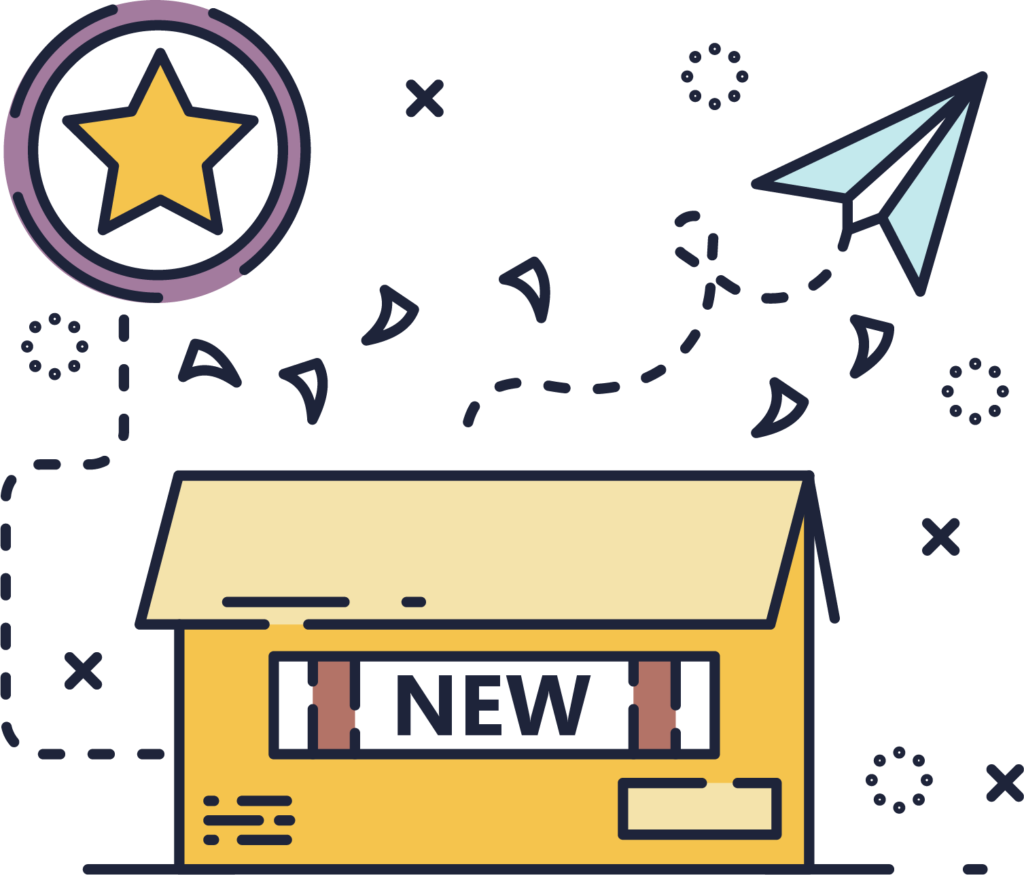New products and major revisions to existing products are always exciting. Without a doubt, they are an important milestone for your company. So it is natural that a lot of investment goes into building a new offering and bringing it to the market. However, organizations seldom pay required attention to the last leg of the process. Releasing the offering to your customer-facing team members. In a typical B2B technology company, your product is taken to the market by three primary constituents:
- Sales – This team includes your account executives and sales development reps.
- Customer Success – The members of this team are plugged in with your current customer base and many times a new product offering can have a potential to make serious money in your existing customer base.
- Partners – Your organization’s partner community (if there is one) is an important channel to take the product to the market.
Companies do invest some time in updating these parties about the new offering. For the internal community (sales and/or customer success), they will have a session to update them on the new offering. And for the external partner community, companies will have a webinar to bring them up to speed on the offering. And they stop there and wait for revenue to roll in for the new products. However, this half-hearted effort rarely results in any success in the field. Unless companies enable their revenue channels with the right information when the channels need it, they will see poor results for their new offerings. Moreover, doing a “release to sales” process right does not take any more resources than what you are already spending. One just has to make a shift in two areas: timeline and enablement approach.
Here are best practices to release a new (or upgraded) product to the market.
Start Early
You want to start planning and acting on your “release to sales” activity much earlier than the product release date. Something is majorly wrong if your product is released in January and the enablement activities are happening in March/April timeframe. You have just wasted a full quarter of the market and revenue opportunity. In our experience, if it is a major upgrade to an existing product or an altogether new product offering, you should start at least 3 to 4 months before the scheduled release date.
Create a “Release to Sales” Kit
Create a shareable, reusable, content kit for your “release to sales” activity. If you use a cloud storage platform, designate a folder on Google Drive or Sharepoint which will include all the customer-facing and internal & confidential collateral for that release. Bring that content and information together in one place. And please spare the customer-facing teams with other irrelevant content like test plans, bug reports, project plans, etc. This kit should only include documents and content that will help enable the constituents to drive conversations in the markets and bring revenue.
Follow a Timeline
We show here an example timeline for a well-executed “release to sales” process. In addition to the key milestones (highlighted by bigger circles), the product marketing team has to continuously drip information to the different constituents to keep this upcoming release front and center in their minds. One needs to make the information stick in the minds of those who are on the front lines selling and discussing this product with potential buyers.
Involve Other Teams Early
Product marketing alone cannot execute a successful “release to sales” process. You need support from other teams to make the release a true success. Your sales engineering and customer success partners can have valuable input to help you arm the revenue teams with the right assets. The above practices do not require a company to pour in extra resources to execute a successful “release to sales” process. The content highlighted in the example timeline is already discussed and put down in documents, spreadsheets, and slides. What is needed is a simple process to bring that content together and distribute efficiently. These changes will not only help accelerate the sales pipeline, but it will also reduce the ongoing enablement burden on the marketing team.





